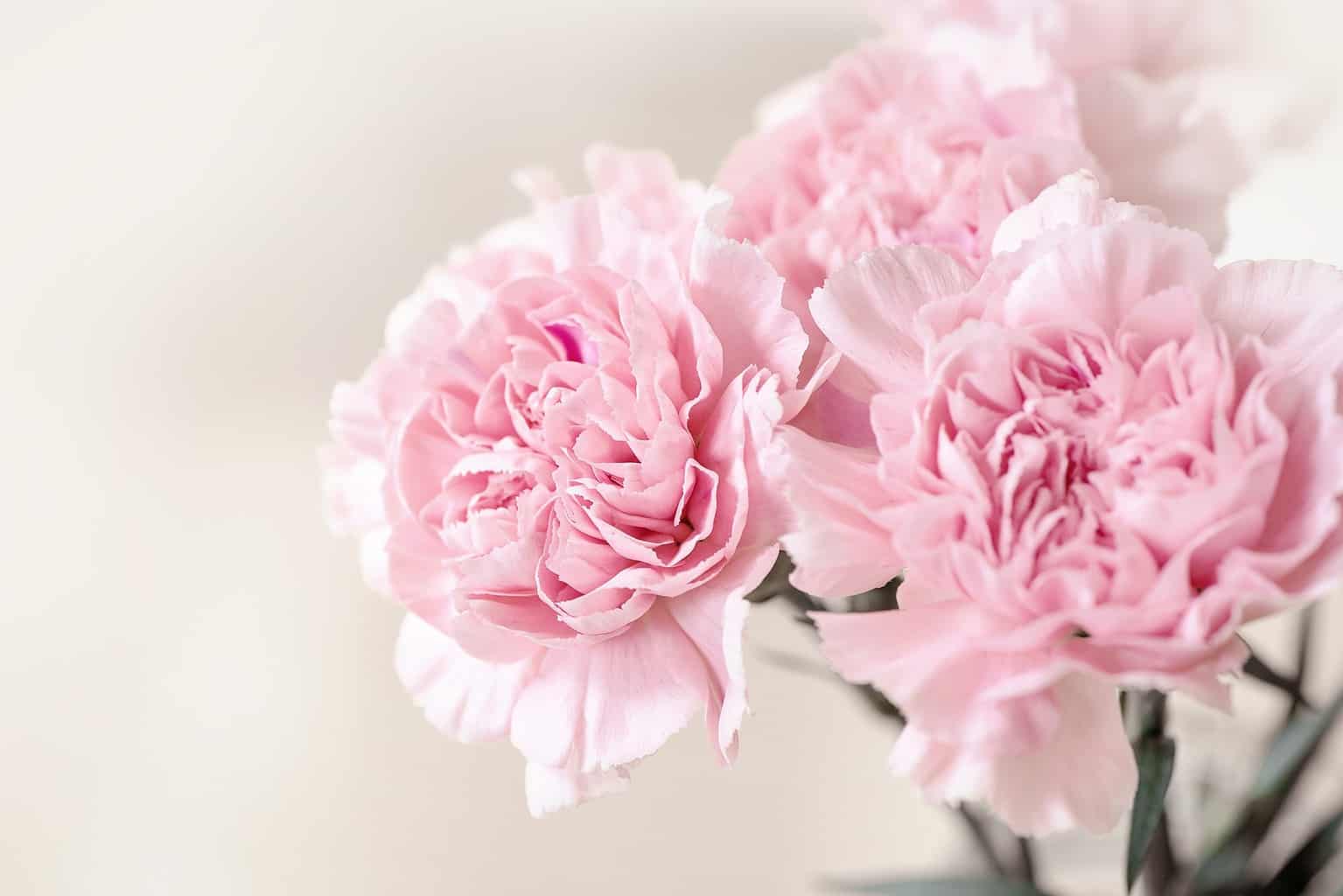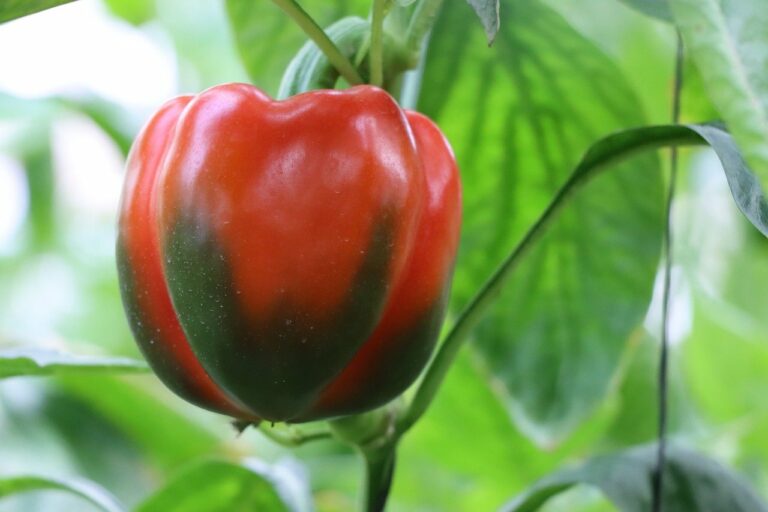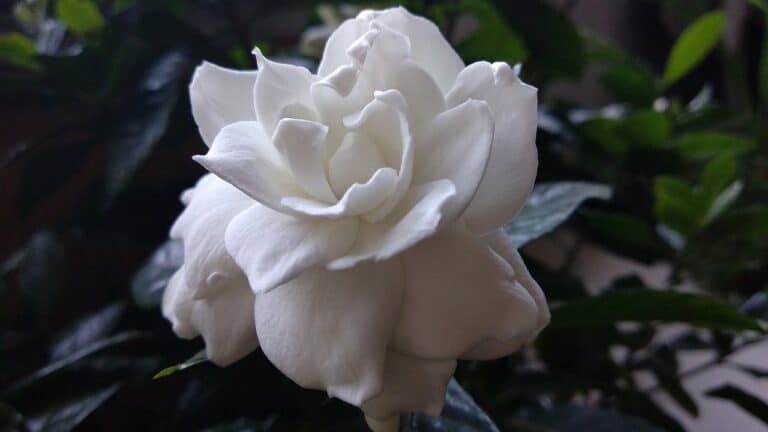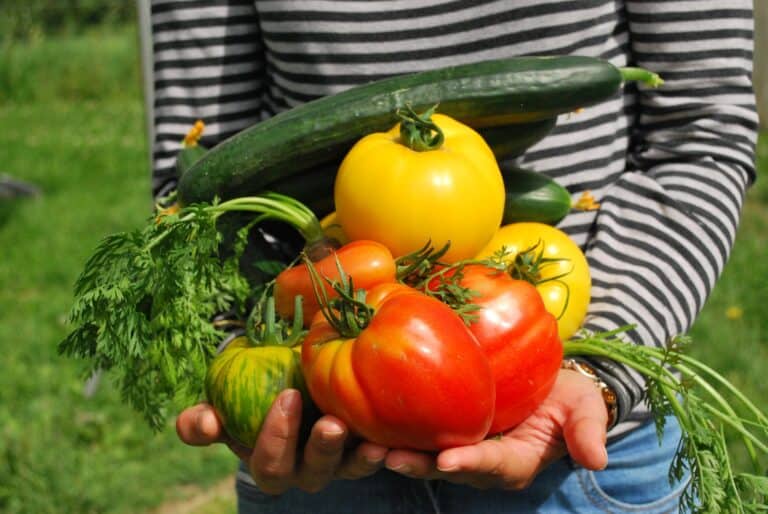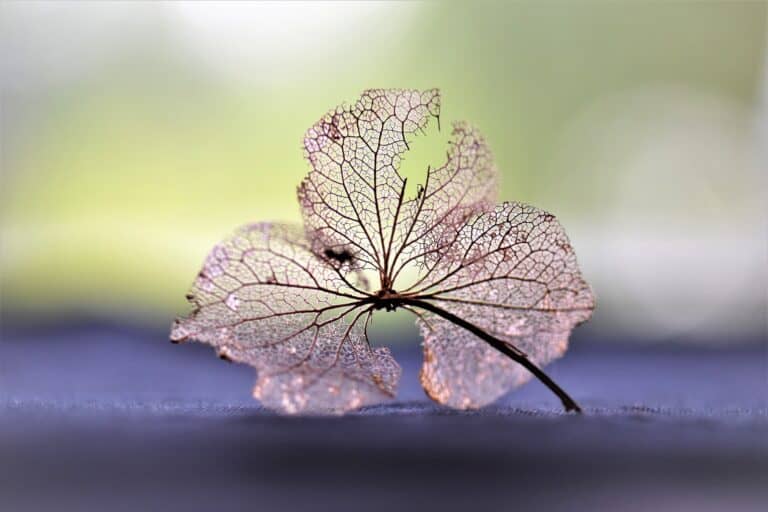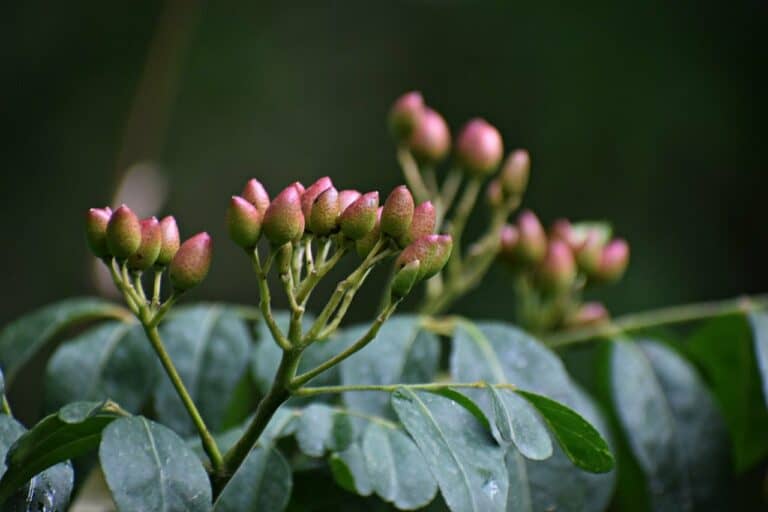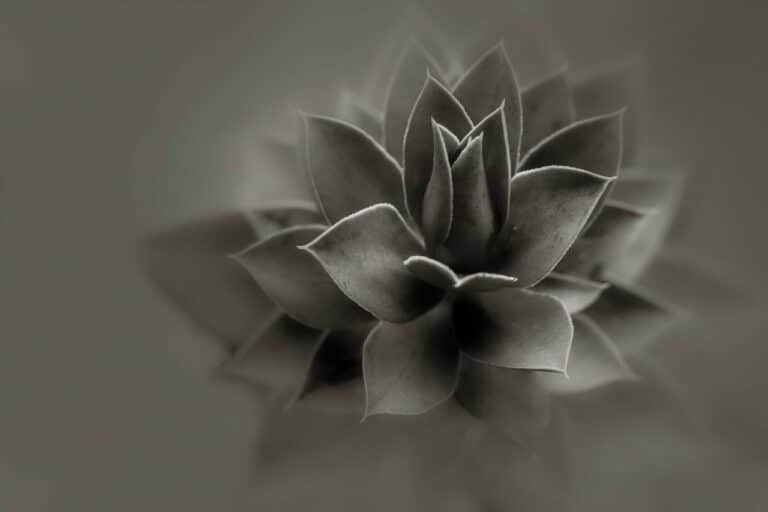Table of Contents
Clove Pink or Carnation
Clove pink (Dianthus caryophyllus) can also be identified by its common name, Carnation. It was cultivated for over 2000 years. The plants sport a dense and tufted appearance, but the beautiful, intensely fragrant flowers have a lengthy herbal background – both in the form of medicine and edible garnishes and flavoring. The plants scented with cloves can also tolerate many conditions, including marine areas, soils, and mildly polluted regions. Pretty and hardy, they are an ideal answer to many garden issues.
Clove pink flowers resemble mini versions of iconic Carnation in the family of Dianthus. The delicately frilled edges and soft pastel shades combine great with other perennial flowering plants. Dianthus caryophyllus is nearly impervious to destruction. It is tolerant of droughts after establishment, as well as damp spring weather, as well as moderate frosts. They’re great in containers, borders as well as among pavers.
Is clove pink perennial?
Clove Pink is a perennial that is hardy with blue-green to delicate greyish-green leaves and fragrant bright pinkish-purple flowers which attract butterflies. Pink perennial flowers in the carnation or Clove pink (Dianthus caryophyllus) can be found in many shades; however, the expression “pinks” refers to the Old English, pynken, which is akin to pinking shears.
The word refers to the edges notched on the plant’s leaves rather than the shade. The plant is closely related to carnations, and the distinctive scent of cloves is carried through the blooms. It has a loosely tufted appearance and can reach 30 centimeters. It requires sun and can grow in any alkaline or saline soil.
It’s an excellent idea to plant clove flowers (Dianthus caryophyllus) in the front of your container if you live in a sunny area with enough space. Single or semi-double blooms in white and shades of rose, pink and red, yellow and orange. Many have an intense, spicy scent.
Clove pink features grayish-green to slender blue-green leaves and is a deeply sweetly fragrant bright, pinkish-purple flower that draws butterflies. Clove pinks (or Wild Carnation) are the most beautiful perennial flowers. They are fragrant and delicious, particularly those with a traditional scent. Those flowers from the clove-pink D. caryophyllus are used to create cordials, flavor drinks, and garnish salads and soups.
Appearance Clove Pink
Pinks can be adapted in United States Department of Agriculture zones 5-8 and are a neat 6-to-9-inches (15 up to 23cm.) flowering area. The flowers can be 20 inches (51 centimeters.) over the mass of leaves. The entire arrangement appears like a pincushion before and after the bloom.
The plant that is in color is airy and has a neat structure. However, it has a highly dense appearance once it flowers, decorated with small, fragrant flowers. Flowers can be colored with white or red and lavender, yellow and obviously pink.
Clove flowers Season
In the right conditions, the Carnation will bloom throughout the year. In warmer regions, the Carnation usually blooms in the summer, late spring, and the beginning of fall. The flowering time of seed-propagated plants starts around 4 to 12 months, based on the cultivar and the growing conditions.
Climate Carnation
The ideal conditions are sunny locations in soil well-drained soil, but even fertility doesn’t matter with these plants. Pinks can thrive in sterile soils and will continue to grow every year. Sometimes, a division is required if the center of the plant fades and flowering declines. Deadheading can take a long time because of the small size of the flowers; however, it also helps encourage the plant to keep blooming throughout the season.
Clove Pink Uses
Medicinal Uses
Clove pink perennials are known for their long uses, decorative plants, and medicinal and culinary herbs. It was utilized in candied flowers, enhanced flavor in syrups, and even in liquor in the culinary world. The trick to using the flowers is to eliminate the white heel, which is known to have bitter tastes. After that, the petals provide beauty and flavor to salads.
Edible Uses
- Plants that grow Clove Pink Plants are simple to grow through division or seeding and are best sown indoors for 6-8 weeks before the last frost of your region.
- Clove pinks are a great way to ease tension or heartburn, as well as flatulence and anxiety. Some reports suggest the plant is helpful for heart patients and epileptics; however, these claims aren’t verified without a physician’s recommendation.
- Carnations are in teas to reduce stress and to calm nerves. Diverse species of Dianthus are utilized for various treatment options across Japan, China, and Africa.
It has a spicy, floral taste; it’s perfect for serving with cakes or decorating. It can also be transformed into a delicious garnish using soups and salads. Traditional clove pink recipes as aromatics are a part of histories of the past. Mix the flowers, dry in laundry sachets or even cosmetics for an astringent scent.
Attracts beneficial insects
Nectar is a magnet for butterflies and bees.
Attracts birds
The fragrant flowers draw nectar feeders like hummingbirds as well as insect-eating birds as well.
Repels harmful insects
A seed extract is a repellent for anthropoids and can interfere with the metamorphose processes in moths.
Caring for clove pink
- It is unnecessary to care for clove pink; however certain practices assist in the growth and prolonging the flowering.
- To increase the look of newly-blooming flowers, cut flowers that have wilted frequently (deadheading).
- Water is available in prolonged dry spells or heat waves only.
- Ensure that the clove pink you have planted in a box for gardening and own an unheated greenhouse; you should bring them inside before the first frosty periods arrive. They will flower in the winter.
- They also tend to bloom in winter in regions where the cold isn’t too cold, for instance, the Mediterranean climate.
Growing Clove Pink Herb Plants
Plants are simple to grow through division or seeding and must be planted indoors for 6-8 weeks before the last frost date in the area you live in.
Deadheading flowers can ensure that this Carnation is blooming for longer. Cutting the side flower shoots will allow the central flower to grow into a giant flower. Clove pink may also be spread sown in the spring. They’ll flower with vibrant colors till autumn.
Carnation is a plant grown in pots or borders in the summer. It is a popular plant that supplies the market for cut flowers and is among the most sought-after flowers worldwide, yet it requires the conditions of a mild climate for cultivation.
How to Propagate Clove Pinks
Cuttings
Cuttings of softwood should be taken from shoots that are not flowering in the late winter to get the best results. Cut off the leaves from the final two to three nodes at the base. Cuttings require light in cool and dry temperatures—plant in the next 30 days and need a well-drained medium such as sand.
Seed
Sow seeds in soil that are well-drained beneath the surface. The possibility of propagation outside is also a possibility during the early spring.
How do you sow cloves pink?
- Clove pink can be planted from February to March and possibly earlier for areas located towards the South.
- It’s adaptable to most soil and climate conditions and enjoys being in the sun.
- It is possible to start sowing under shelter from February.
- Please don’t cover the seeds because they need sunlight to begin their germinating process.
- They germinate between 650 and 680 F (180 until 200 C).
- The sprouting process should take between 1 and 2 weeks.
- Transplant your clove pink in pots for nursery use before placing them into May once the risk of freezing has gone away.
- It is possible to sow directly into the ground in April or in May if your region’s climate allows.
Sowing of summer the cloves of pink
- It’s also possible to plant clove pink during summer in pots. You can get the idea of transplanting them in the spring following year, and then you’ll see an early blooming.
- Sowing takes place between August and September in the nursery.
- Utilize the same seed sowing method as previously described.
- Winterize in a warm and dry place.
- Based on the area, the plant will be put in place in the spring in either March or April.
- It is important to note that clove pink is a flower that prefers sunny locations to bloom well.
COMMON PROBLEMS WITH CLOVE PINKS
Carnation fly, handpicking, or a pirimiphos-methyl-based spray may assist. The planting of garlic in conjunction with plants can be an excellent preventative. The plants grown outdoors are less likely to suffer from serious diseases. The plants grown in greenhouses are more susceptible to rust, leaf spot, and wilt.
Plant profile
Origin Mediterranean region
Climate It is most productive in Mediterranean climates
Common name: Carnation, Clove pink
The scientific name is: Dianthus caryophyllus
Plant type: Perennials
Habit: Bushy
Height: 50cm – 1.5m
Spread: 10cm – 50cm
Foliage: Evergreen
Flowers color code: Pink, Orange Red, Purple, and White Yellow
Sunlight: Full Sun
Soil: Chalk, Loam, Sand, and Free draining
Moisture: Wet but well-drained
Utilizes: Medicinal, Decorative and edible, as well as aromatic
Caring: Trim back flowers as they begin to fade
Usually accessible: All year but typically from April through October
Pot size: Grown in a 10cm (4 inches) pot
Garden type: Informal Garden, Mediterranean Garden, Patio & Container Garden, Rock & Gravel Garden
Type of plant containers & Pots, cut flowers border, flower borders, and bedding
All you need to be aware of about clove pink
Clove pink is loved by its stunning capacity to bear flowers and its beautiful flowers and numerous shades, which range from red to white, with some blooming in yellow or purple. A perennial plant similar to China or sweet William, it is a pink and dear William and sweet William; it’s part of the more prominent carnation family. It is commonly sold in flower shops as its stiff, long stems include in bouquets. But, most importantly, it is within our garden, flower beds, and garden boxes because it’s incredibly decorative and has a wide variety of shades.


